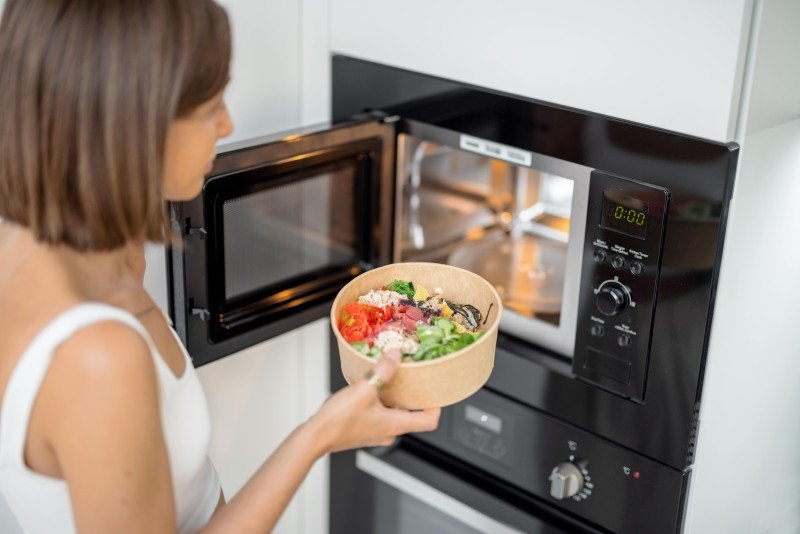10 Startups That'll Change The Oven And Hob Industry For The Better
Understanding Ovens and Hobs: A Comprehensive Guide
When it concerns cooking appliances, ovens and hobs are amongst the most essential tools discovered in modern cooking areas. They play pivotal functions in meal preparation, changing raw active ingredients into tasty meals. Comprehending the distinctions between various kinds of ovens and hobs and how to choose the right one can make a significant distinction in cooking effectiveness and food quality.
This post checks out ovens and hobs in detail, offering insights into their types, features, benefits, and common FAQs. Whether you are a seasoned chef or a beginner cook, this details will help you make informed decisions for your cooking needs.
Types of Ovens
Ovens can be found in numerous types, each created for particular cooking approaches and styles. Here is an in-depth take a look at the most typical kinds of ovens:
Type of Oven
Description
Best For
Standard Oven
Uses heating components located at the top and bottom for even cooking.
Baking, roasting, and basic cooking
Stove
Functions a fan that flows hot air for quick and even cooking.
Baking pastries and cookies, roasting meats
Steam Oven
Utilizes steam to cook food, maintaining moisture and nutrients.
Vegetables and fish
Microwave Oven
Quickly cooks food using microwave radiation.
Reheating and fast meals
Wall Oven
Built directly into the wall for space-saving cooking options.
Little kitchens and modern-day styles
Skill Level
Supplies several cooking modes consisting of baking, broiling, and toasting.
Versatile cooking requires
Kinds of Hobs
Hobs, also referred to as cooktops, been available in various types based upon their fuel source and style. Comprehending these alternatives can help in discovering the right fit for your kitchen setup:
Type of Hob
Description
Best For
Gas Hob
Makes use of gas flames for cooking, offering instant heat control.
Standard cooking methods
Electric Hob
Uses electric coils or induction elements to heat pots and pans.
Even heat circulation
Induction Hob
Employs electromagnetic energy to straight warm pots, offering quickly and effective cooking.
Energy-efficient cooking
Strong Plate Hob
A type of electric hob with solid plates that takes some time to heat up but retains heat well.
Sluggish cooking
Ceramic Hob
Functions a glass-ceramic surface area permitting simple cleaning, with electric heating elements listed below.
Visual appeal
Aspects to Consider When Choosing an Oven and Hob
Selecting the right oven and hob combination requires cautious factor to consider of numerous aspects. Below is a list of important aspects to remember:
Cooking Style
- Are you an everyday cook or a periodic baker?
- Do you prefer steaming or frying?
Kitchen Size
- What space is readily available in your kitchen for the home appliances?
- Will you need built-in or freestanding designs?
Fuel Source
- Do you have access to gas, or would you choose electric?
- Are you thinking about induction cooking innovation?
Budget plan
- What is your spending plan for purchasing an oven and hob?
- Are you considering a high-end design or a more cost effective option?
Energy Efficiency
- Are you seeking to lower your energy usage?
- Do you choose devices that include high-efficiency rankings?
Benefits of Ovens and Hobs
Both ovens and hobs bring unique benefits to the kitchen. Here's a summary of some advantages:
Ovens:
- Versatility: Able to deal with a wide variety of cooking techniques from baking to roasting and broiling.
- Constant Results: Even heat circulation provides reputable cooking outcomes.
- Large Capacity: Ideal for big meals and batch cooking.
Hobs:
- Control: Gas hobs offer rapid heat changes, helpful for precise cooking.
- Effectiveness: Induction hobs are understood for their quicker heat-up energy and times efficiency.
- Independent Cooking: Multiple hobs permit for cooking numerous meals simultaneously.
Picking the right ovens and hobs is important for anybody looking to boost their cooking skills and kitchen performance. By comprehending Read the Full Post of each home appliance, together with their advantages and features, consumers can make informed choices that deal with their cooking practices and preferences.
As kitchens evolve, so do the technologies surrounding cooking appliances. Buying the ideal combination of an oven and hob can cause better cooking experiences, higher food quality, and even enjoyable time spent in the kitchen.
Often Asked Questions (FAQs)
What is the distinction in between convection and conventional ovens?
- A stove uses a fan to distribute air for even cooking, while a conventional oven relies just on top and bottom heating aspects.
How do induction hobs work?
- Induction hobs utilize electromagnetic fields to straight heat up pots and pans made from magnetic materials, resulting in quicker cooking times and more energy effectiveness.
Are gas hobs more secure than electric hobs?
- Security depends upon use and setup. Gas hobs need proper ventilation and can provide a fire threat, while electric hobs may present threats of burns due to their hot surfaces.
Can I bake in a steam oven?
- Yes, a steam oven can be utilized for baking, frequently leading to moister and fluffier baked products, particularly breads and pastries.
What should I search for in an integrated oven?
- Search for features like capacity, cooking modes, energy efficiency rankings, and ease of cleaning.
By considering the information and guides offered in this short article, readers can quickly browse the world of ovens and hobs, making sure that they select the best home appliances to suit their culinary requirements.
